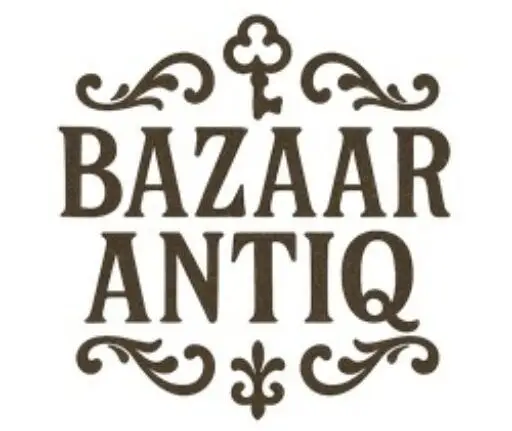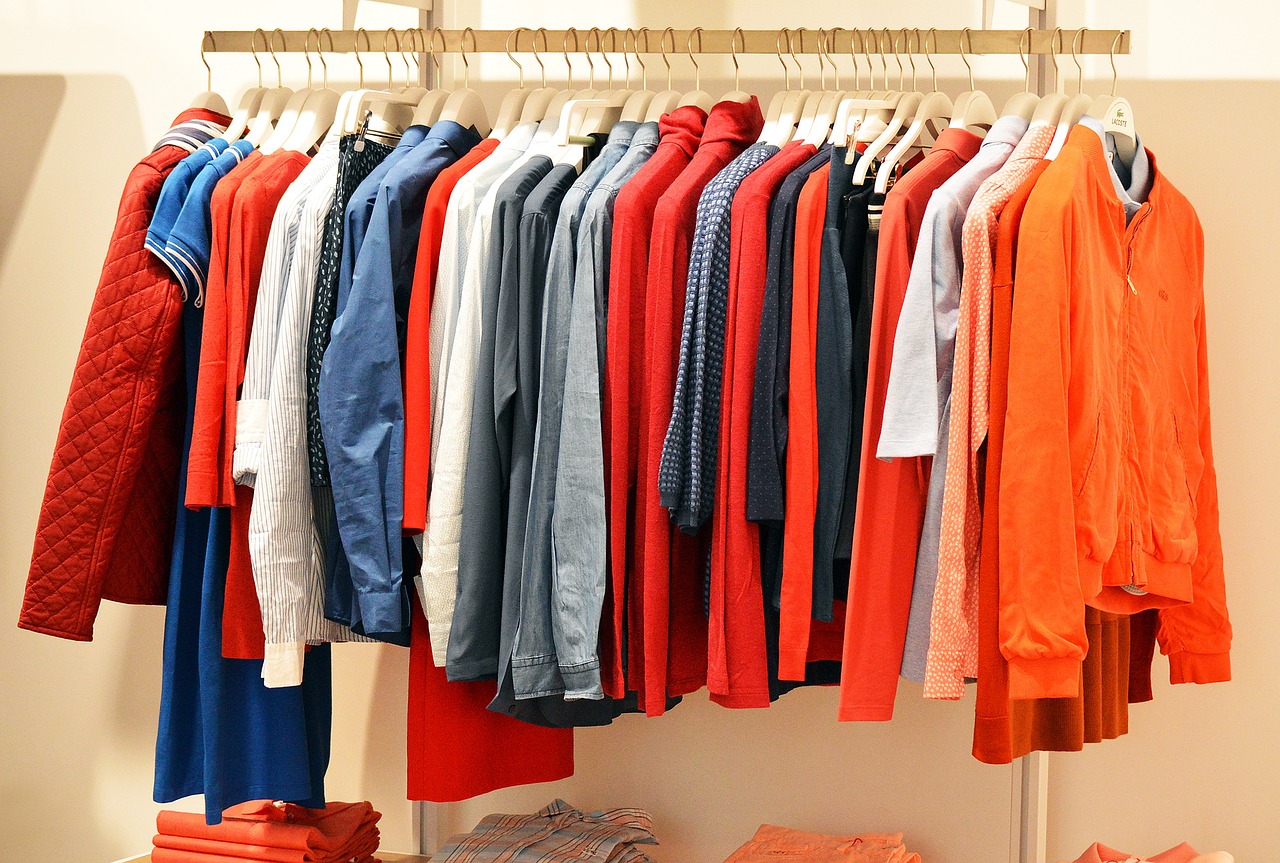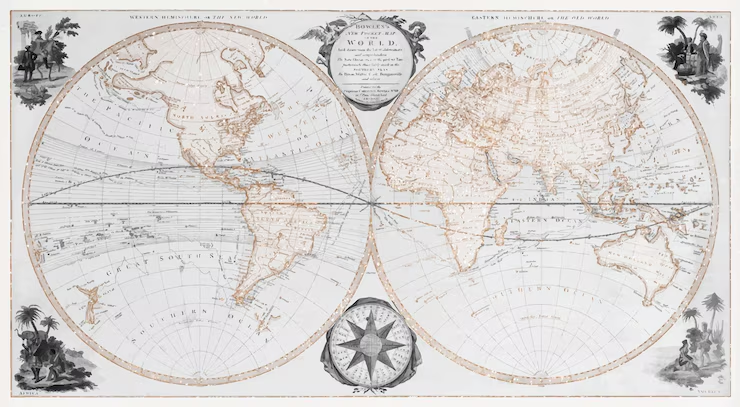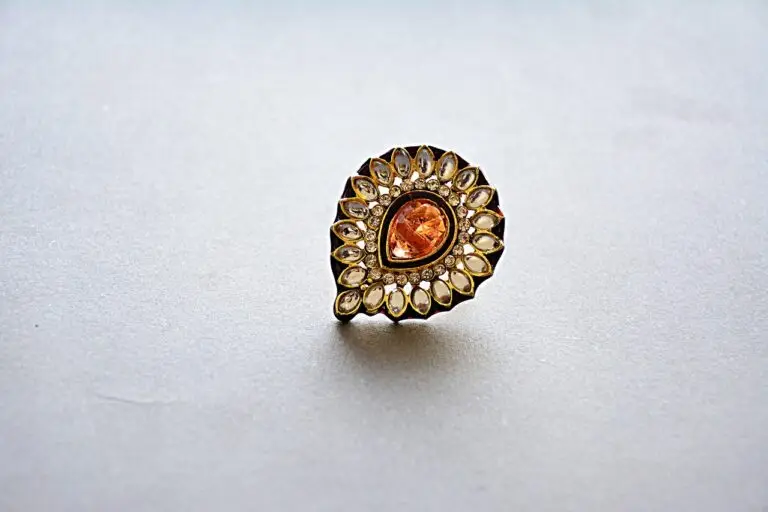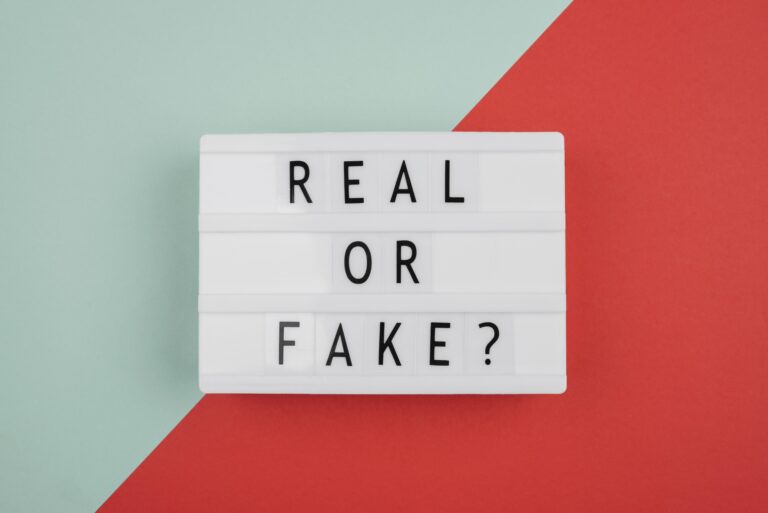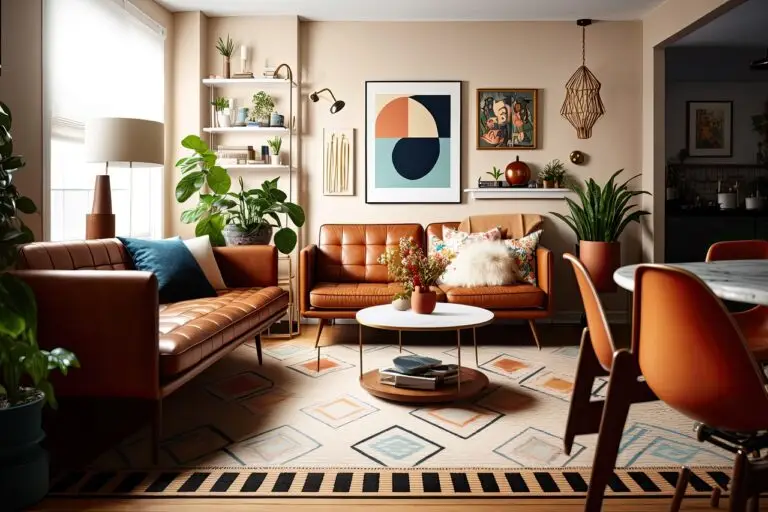Thriftcore Aesthetic: The Art of Making Old Look Better Than New
Thriftcore Aesthetic: The Art of Making Old Look Better Than New
Forget sterile showrooms and mass-produced sameness. Thriftcore is about soul. It’s about pieces that tell stories, clashing eras that somehow harmonize, and interiors that look effortlessly lived-in. At its heart, the Thriftcore aesthetic embraces imperfection, celebrates character, and elevates secondhand style into an art form.
This isn’t just about saving money—it’s a movement. Here’s how it’s reshaping design, one worn-in treasure at a time.
WHAT IS THRIFTCORE?
Thriftcore is the anti-algorithmic design movement. It’s unpredictable, personal, and raw. A mix of mid-century lamps, ’70s pottery, chipped Italian ashtrays, faded posters, rattan chairs, and floral sofas your grandmother might have owned—all coexisting in glorious, curated chaos.
It’s maximalism with meaning. No fake patina, no made-to-look-old replicas. Every item is the real deal, sourced from thrift stores, flea markets, estate sales, and the occasional curbside find.
THE RISE OF THRIFTCORE DESIGN INFLUENCERS
This aesthetic has exploded thanks to a new wave of digital creators who showcase the magic of mixing eras, textures, and stories. Some standouts:
- @thejunkyardjournals (Instagram): Known for bold color layering and room makeovers using 100% thrifted materials.
- @eclectic_kim (TikTok): Shares fast-paced tips on thrifting and flipping vintage furniture into statement pieces.
- @oldnewandnow (YouTube): Takes viewers on real-time thrift hauls and shares styling advice that’s high on personality, low on budget.
These influencers don’t just showcase items; they show how to live with them, fix them, and give them relevance today.
THRIFTCORE INTERIORS: WHAT DEFINES THE LOOK?
- No Matching Sets: Uniformity is out. It’s about building a space piece by piece, with each object holding its own story.
- Layering Textures: Velvet next to wicker. Chrome next to faded wood. It’s tactile, visual poetry.
- Vintage Tech: Record players, rotary phones, old radios—functional nostalgia as decor.
- Gallery Walls That Break Rules: Mismatched frames, thrifted art, family photos, and flea-market finds all crammed together.
- Books and Objects, Not “Decor”: The coffee table might be a stack of old trunks. The bookshelf could double as an altar to the ’80s.
WHY THRIFTCORE MATTERS NOW
In an age of overconsumption, Thriftcore is rebellion. It’s sustainable, creative, and deeply personal. It rejects fast furniture and trend cycles in favor of timeless cool and ethical design.
For Gen Z especially, it’s about meaning. They want homes that feel alive, not staged. Rooms that reflect identity, not Pinterest trends.
Thriftcore isn’t just a look—it’s a practice. It takes time to build. And that’s the point.
THRIFTCORE TIPS FOR BEGINNERS
- Start Small: Lamps, frames, and side tables are great starter items.
- Don’t Overthink It: If you love it, it fits. If it sparks a memory or makes you smile, grab it.
- Mix Eras, Not Just Styles: A ’60s credenza under a ’90s poster? Yes.
- Use Texture as a Unifier: Even if colors clash, similar materials can tie a room together.
FINAL THOUGHT
Thriftcore is not about looking perfect. It’s about feeling real. It’s proof that style doesn’t need to be expensive to be extraordinary. So the next time you’re in a secondhand shop, remember: you’re not just buying furniture. You’re curating a living, breathing space that no one else could ever recreate.
Because some things really do get better with age.
